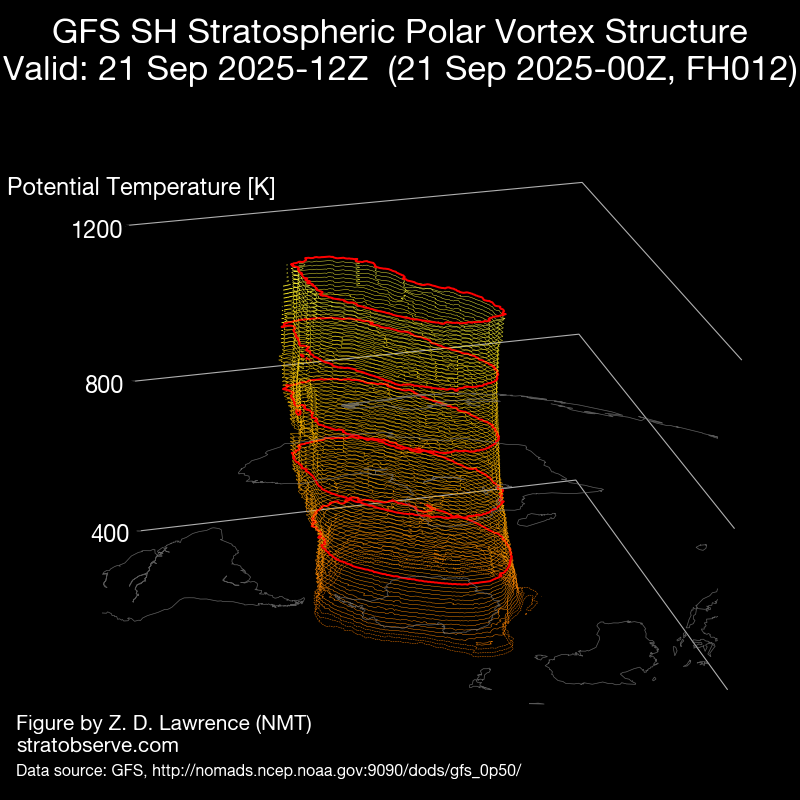Why is Snow So Rare in Queensland When it Frequently Falls Below Zero?
- Weatherwatch
- Jul 22, 2024
- 3 min read
Queensland: Perfect beaches and the odd snow event. Source: Weatherwatch
When most people think of Queensland, images of sun-soaked beaches, tropical rainforests, and the warm waters of the Great Barrier Reef come to mind. The state is renowned for its warm (often hot and unforgiving) climate. Yet, many are surprised to learn that large parts of Queensland regularly experience sub-zero temperatures. However, despite the chilly conditions, snowfall remains a rare occurrence. So, why is snow such an uncommon sight in Queensland?
Snow requires a unique set of conditions (not just freezing temperatures) that are much rarer in Queensland. The most important condition is that the entire atmosphere (or at least nearly all of it) needs to be at or below 0°C. Queensland's cold nights are due to a combination of low humidity, clear skies, and light winds that often occur after the northern edge of a cold front sweeps through the continent. The lack of cloud cover and humidity allows for temperatures to drop quickly, and the lack of winds means that a meteorological condition called an "inversion" can develop.
Under normal conditions, the atmosphere's temperature decreases with height. A temperature inversion occurs when a layer of cooler air is trapped near the ground by a layer of warmer air above it. During clear, calm nights, the ground loses heat rapidly through radiation, cooling the air directly above it. This cool layer of air becomes trapped under a warmer layer aloft, creating a temperature inversion.
The result is that while temperatures can fall well below zero degrees at ground level, 100-200 meters aloft temperatures might be as warm as 8 or 10°C—far too warm for snow!

A typical frost profile: The temperature at the surface falls below 0C, with an inversion (layer of warm air) above. It's often dry above the surface meaning there's no rainfall, and even if rainfall occurred, the air above the surface is well above zero degrees.
There are scenarios where the entire atmosphere is at or below zero degrees—but this normally occurs on the tops of mountain ranges where the air is already cooler. For this reason, the Granite Belt, which sits at around 800-1100 meters in the state's far south, is most likely to experience these conditions. However, even if this occurs, there's another ingredient that's often missing—moisture.
Sufficient moisture and even some weak instability are required to generate snow (given snow is just another form of precipitation). Even on the Granite Belt—famous for "Christmas in July"—the combination of these two conditions is rare. Often one will occur but not the other, and this is simply a function of being too far north where the cold air doesn't always reach.

A typical snow profile: The temperature is below 0C throughout the atmosphere, with high levels of moisture (particularly close to the surface) allowing for precipitation to fall as snow. Note that in Australia, such conditions (humid weather and sub-zero temperatures throughout the atmosphere) rarely occur outside of elevated terrain (above 600m in the south and 1000m in northern NSW & Queensland).
In recent history, there are two main snow events for the Granite Belt: 2015 and 1984 (it has snowed in other years, but these are the main ones), with 1984 setting the benchmark. But more often than not, snow occurs as just some flurries that briefly settle but rarely accumulate into the white winter wonderland that we imagine. For that, areas further south and at higher elevations (such as Guyra and Ben Lomond, which sit at 1300-1500 meters) are far more likely to experience this.
Snowy scenes across Guyra, Glen Innes and Black Mountain in northern NSW. Source: Weatherwatch.
As for Australia's northernmost snow event, on July 19, 1965, snow was reported in the tropics occurring west of Mackay. Now THAT would be a sight to see!

Snow reports from the Mackay Daily Mercury (State Library Queensland).















